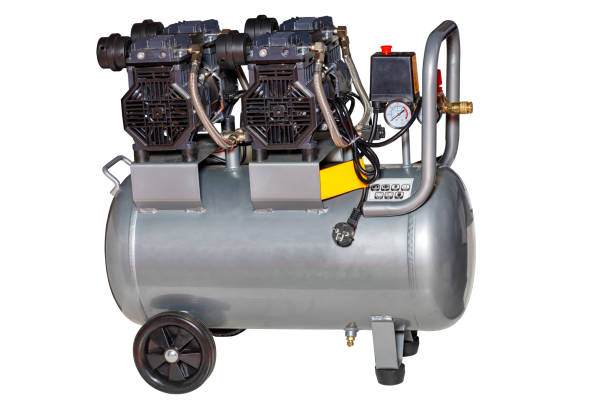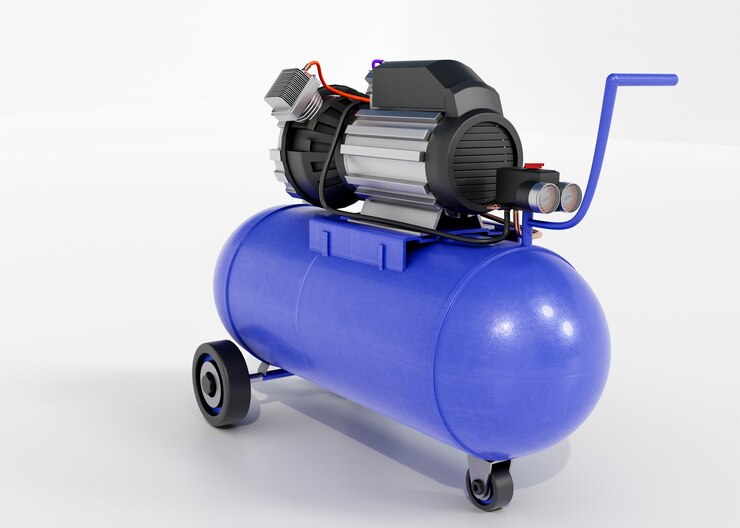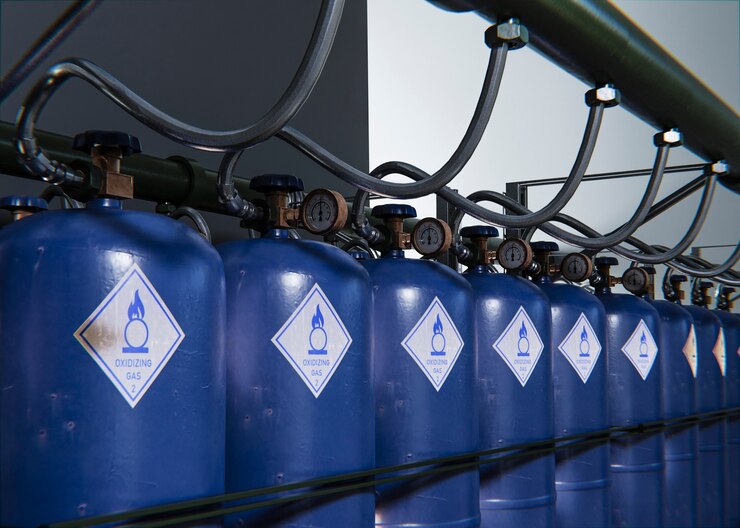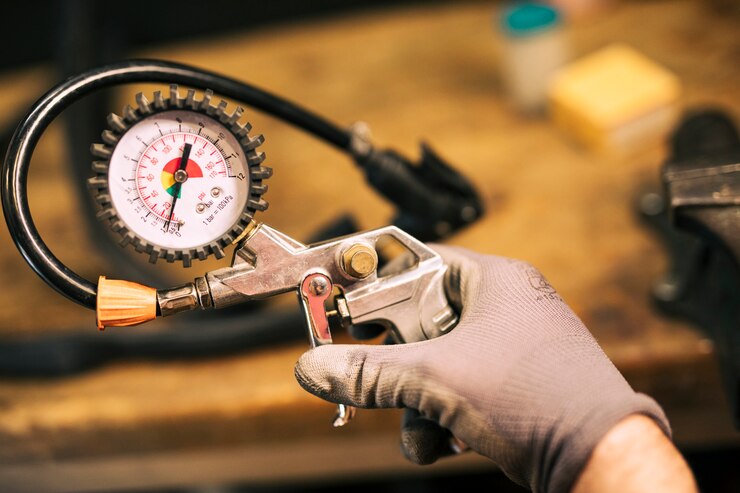C2H2 Acetylene Gas compressor: The Essential Guide & Safety
The Powerhouse of Welding: A Comprehensive Guide to C2H2 Acetylene Gas Compressor:
The humble C2H2 acetylene gas compressor is an essential component of many industrial processes, especially metalworking and welding. Ethyne, another name for this extremely flammable gas, burns at a high temperature, which makes it perfect for precisely slicing through hard metals. However, the acetylene gas compressor is a specialized piece of equipment needed to deliver this powerful gas effectively.
This thorough manual dives deeply into the world of acetylene gas compressors, covering their kinds, uses, safety rules, and essential maintenance procedures. This article gives you the skills to safely and successfully utilize the power of acetylene gas compressors, regardless of your level of experience as a welder or your level of inexperience with metalworking.
Safety First: Essential Regulations for Acetylene Gas Compressor Use
Even though acetylene gas is a very strong instrument, its extremely combustible and explosive properties make it a dangerous substance. Strict adherence to safety requirements is necessary to ensure the safe functioning of acetylene gas compressors. Here is a summary of some important things to keep in mind:
- Storage and Handling:
Cylinders of acetylene are not your typical containers. Specific storage procedures are needed for them. Always store them in a cool, well-ventilated environment with their fasteners firmly in place. Keep children away from combustible items, open fires, and heat sources. Recall that appropriate handling has equal significance. Always use the proper Personal Protective Equipment (PPE) when working with cylinders. This entails donning gloves that resist flames, safety eyewear, and clothes to protect you from potential dangers.
- Regulatory Compliance:
Learn about the rules that the US Department of Labor’s Occupational Safety and Health Administration (OSHA) (or the appropriate authorities in your area) has established concerning the safe handling of compressors and acetylene gas. Important details like pressure restrictions, appropriate ventilation specifications, and safe work procedures in acetylene-contaminated settings are outlined in these standards.
- Backflow prevention and flashbacks:
Flashbacks are a serious concern since they can result in a catastrophic incident when flames re-enter the gas supply line. Installing a flashback arrestor on your acetylene compressor can help to reduce this risk. By acting as a one-way valve, this safety feature prevents fires from spreading upstream. Furthermore, confirm that check valves are there to stop gas from flowing backwards into the cylinder, which can cause instability and pressure to build up.
Unveiling the Power of Acetylene Gas Compressors: A Look at Their Applications:
Compressors effectively distribute the high heat produced by acetylene gas, making it an indispensable equipment for many sectors. Here are a few of its most important uses in closer detail:
- Cutting Metal:
When it comes to cutting through heavy steel plates, pipelines, and other ferrous metals precisely, acetylene torches are unmatched. Their capacity to produce a focused, hot flame makes them indispensable in the demolition, building, and scrap-processing industries. Acetylene cutting is essential in several industries, ranging from meticulously breaking down beams to disassembling large machines.
- Welding Mastery:
Acetylene produces a flame that is extremely hot and ideal for welding a wide variety of metals when combined with oxygen. This potent mixture may be used to combine copper, cast iron, stainless steel, and steel with ease. Because of its adaptability, acetylene welding is a preferred option for maintenance staff, repair teams, and fabrication companies. Acetylene welding is used in a variety of sectors, from the construction of ships and bridges to the maintenance of boilers and pipelines.
- Clearing the Path for Fresh Welds:
Using the extreme heat of an acetylene flame, a specific process called “thermal gouging” is used to remove undesirable weld beads, grooves, or flaws from metal surfaces. To prepare surfaces for fresh welds, this procedure is essential. Thermal gouging can improve the overall quality of a project by successfully eliminating defects and pollutants, ensuring a clean and sturdy foundation for subsequent welds.
These are only a few of the crucial uses for C2h2 Acetylene Gas Compressor, showcasing their strength and adaptability. Their capacity to produce a finely tuned, high-temperature flame renders them an essential instrument for a multitude of metalworking duties, making a substantial contribution to a wide range of industrial operations.
Unveiling the Diverse Landscape of Acetylene Gas Compressors:
Compressors for acetylene gas are not a universally applicable option. They are available in a variety of configurations, each meeting certain requirements and uses. Knowing these many choices gives you the ability to choose the best compressor for your particular needs. A summary of some of the most prevalent kinds is provided below:
- Workhorses of the Industry: Oil-Lubricated Compressors:
The industry’s workhorses are oil-lubricated compressors. Because of their great endurance and efficiency, these compressors form the core of numerous processes. They use oil to lubricate the pistons or impellers, which guarantees long life and smooth operation. To preserve the integrity of the weld, residual oil contamination must be controlled. Applications requiring oil-free welding may require using a different type of compressor.
- Mobility Counts: Transportable Compressors for Acetylene Gas:
Not every welding task is completed in a dedicated workshop. Portability becomes crucial for operations involving fieldwork, building sites, or on-site maintenance. Portable acetylene gas compressors excel in this situation. The mobility benefit is provided by these lightweight and small compressors without sacrificing performance. They are a popular option for operations requiring on-the-go operation, such as pipeline repair, structural steelwork on building sites, and different maintenance and repair chores.
- Satisfying High-Pressure Requirements:
Acetylene gas delivery at extraordinarily high pressures is necessary for some industrial applications, such as underwater cutting and large-scale metal manufacturing. High-pressure acetylene gas compressors are made especially to meet the demands of these harsh situations. Even in the most demanding conditions, these sturdy compressors are designed to endure the increasing pressure loads, guaranteeing safe and effective operation.

Understanding the Working Principle of an Acetylene Gas Compressor: Powering the Flame:
C2h2 Acetylene gas compressor is essential for many industrial uses, namely welding and metal manufacturing. These deceptively straightforward devices carry out a vital function, which is to securely raise the acetylene gas contained in cylinders’ pressure. The high-temperature flames required for cutting and welding operations are then fed by this compressed gas. Let’s examine the fundamental mechanism by which these vital compressors operate:
- The Intake Stage:
The compressor pulls low-pressure acetylene gas from the attached storage cylinder to start the journey. Envision an impeller or piston generating a vacuum inside the compressor chamber. The gas is drawn into the chamber from the cylinder by this vacuum.
- The Power of Compression:
The impeller or piston springs into motion as soon as the gas enters the chamber, resulting in the power of compression. By advancing inward, the piston of a reciprocating compressor compresses the gas, decreasing the amount of space it takes up inside the chamber. The impeller blades of a rotary compressor push the gas in the direction of the discharge outlet, which reduces its volume once more. The gas’s pressure is greatly raised throughout this compression procedure.
- Discharge:
Before reaching the welding torch, the high-pressure acetylene gas is subsequently released via a pressure regulator and a pressure relief valve.
See our helpful website on Types of Industrial Air Compressors for a fuller knowledge of the various compressor types and their workings.
Conclusion:
Our expert team will help you select the perfect C2H2 Acetylene Gas Compressor to empower your projects and achieve exceptional results. At LEIYAO Compressor, we understand the critical role these compressors play in your operations. Our commitment to quality, performance, and safety ensures you receive a reliable compressor that meets your specific needs.



